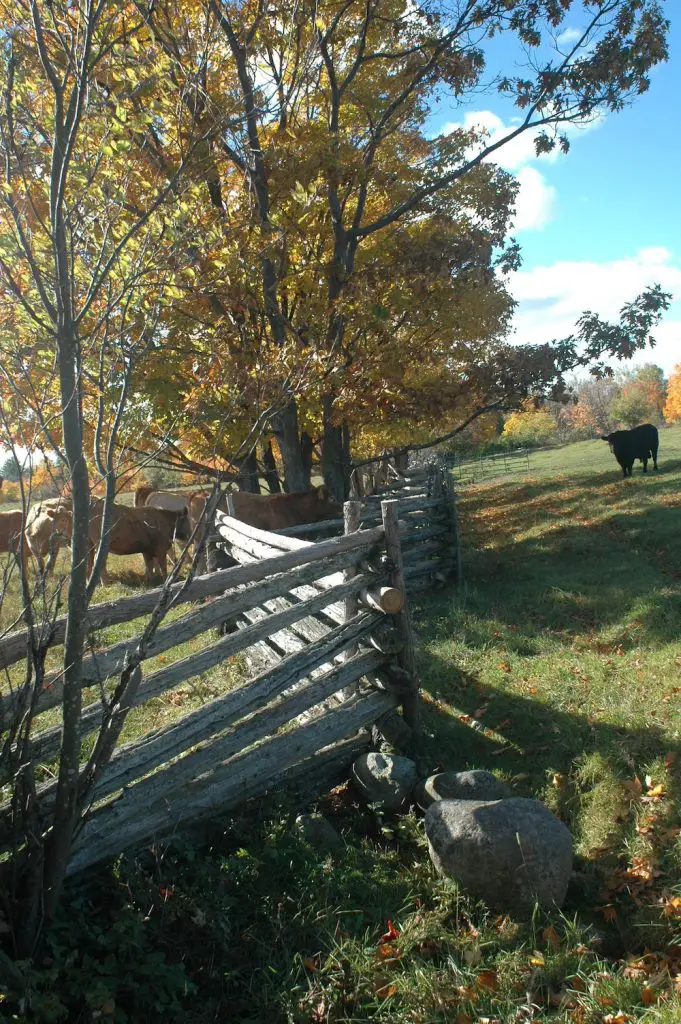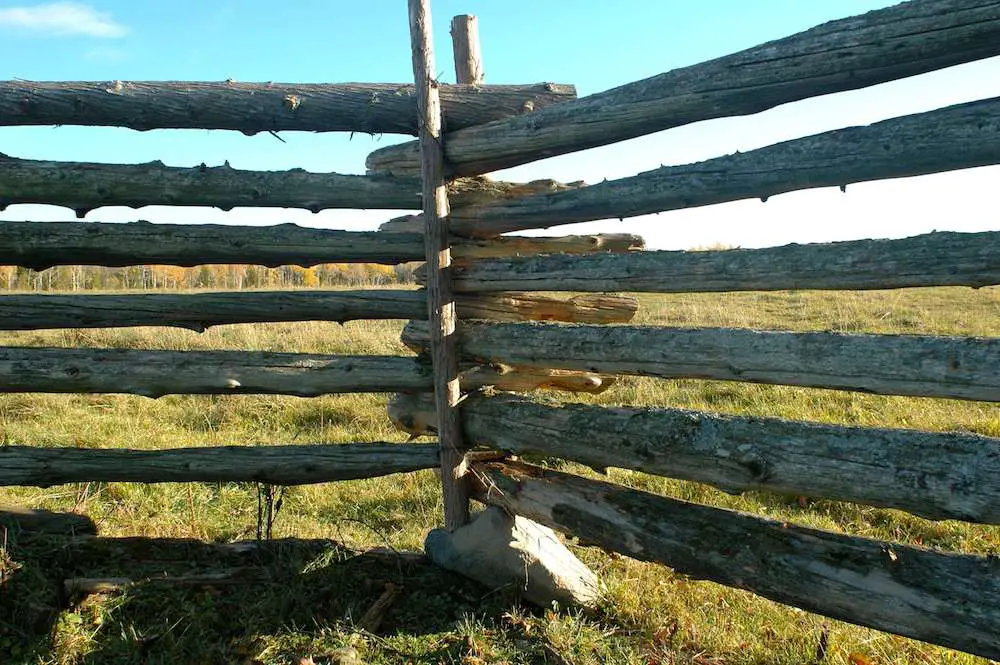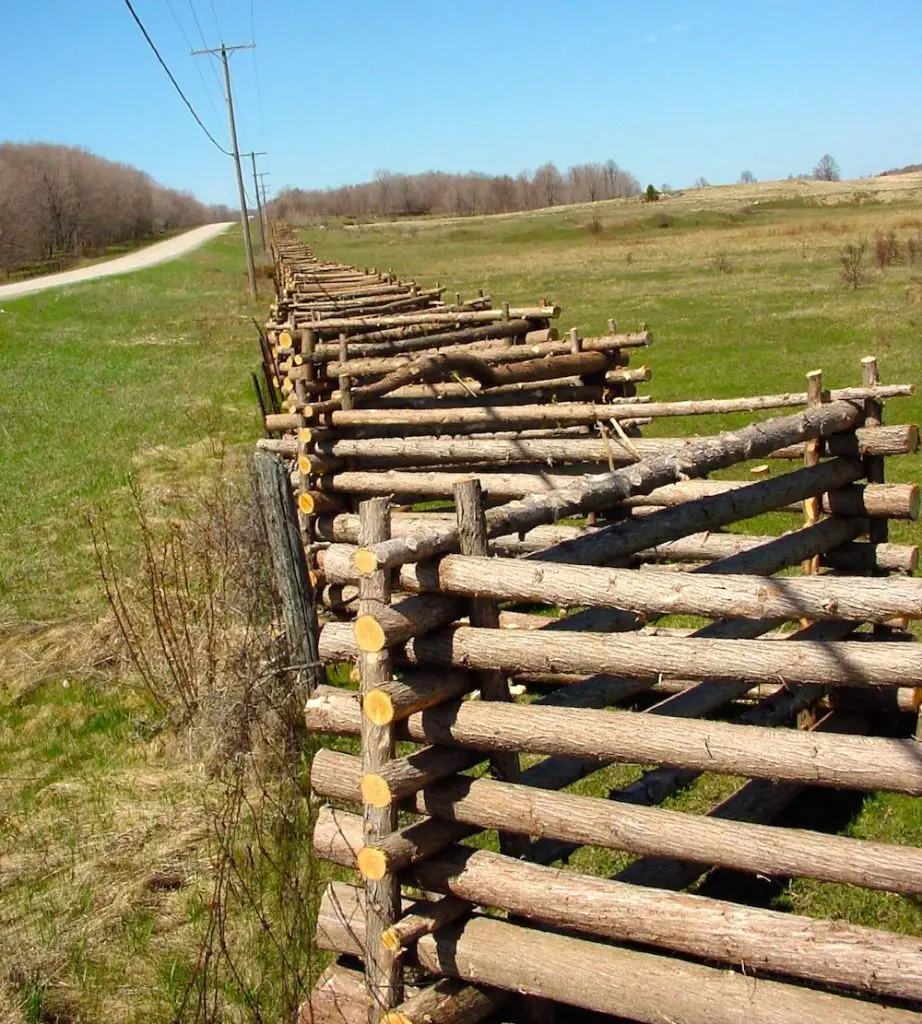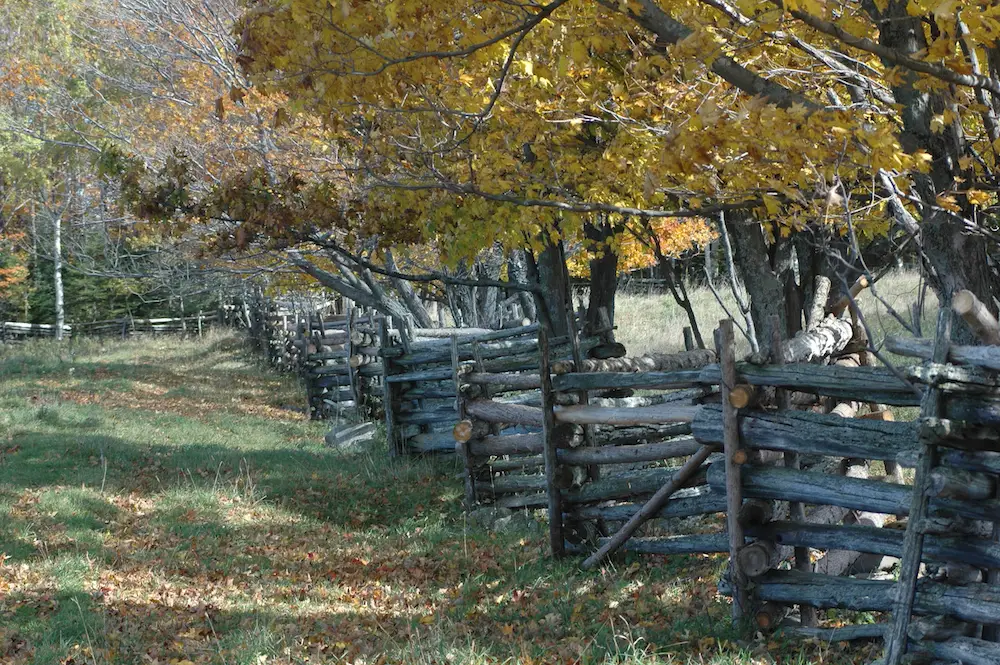Featured Video
Each spring since 1987 I’ve maintained a nearly forgotten part of rural Canadian heritage that’s still a working feature of the farming community where I live. Nestled along the north shore of Lake Huron in Ontario, you’ll find Manitoulin “the island that time forgot”. This is where I live, and as far as I’ve been able to tell, this place has the highest concentration of working cedar rail pasture fences in the world. While this kind of fence has disappeared almost entirely from almost every other place where they once flourished, Manitoulin still boasts thousands of miles of rail fences spread over its 80 mile (130 kilometre) length. And most of these fences aren’t tumbled down relics of yesteryear, either. They’re working fences that are both beautiful and useful. Those are some of my fences below.

My 90-acre patch of farmland and forest (tiny by Manitoulin standards) has two miles worth of cedar fences in all, and I try to make them a little better each year. Dealing with rail fences isn’t a typical hands-on how-to challenge, but there is a lesson to be learned from the work just the same.
The oldest parts of my fences were built in the 1890s, by a pioneering family with the last name of Taylor. In the early 1900s, a family named Bailey took over the property. At one time all the families on our road were named Bailey, hence the name “Bailey Line Road”. As I replace rotted rails and push leaning sections of fence upright again, I see evidence of two kinds of human emotions preserved in the wood: “fear” and “hope”.

Sometime before European settlers began carving farms for themselves from the Manitoulin wilderness, their diseases preceded them, bringing strange illnesses to the Native people. Fear led them to set fire to Manitoulin, leveling the massive stands of old-growth cedar trees in an effort to drive away evil spirits. I know these trees were huge because blackened cedar stumps can still be found here and there all across the Island, even now, a couple of centuries after misplaced fear and despair consumed them.
The ever-frugal early pioneers made use of Manitoulin’s burned cedars, and it’s not unusual to find the oldest rails at the bottom of my fences still showing charred wood, not yet erased by two centuries of weather. From the ashes of disaster rose the fences of success.
Hope is the reason these fences were built and hope keeps them up today. Hope and hard work. Whenever I get to thinking that I work hard, I look around at fields and my humility is restored. It took pioneers an entire lifetime to clear a field that takes me 3 minutes to drive across with my pickup truck, and their efforts are still part of the reason my country produces abundant food today. How can I let their fences fall into disrepair, even when pasturing cattle doesn’t make as much sense as earning money other ways?

When I look at the people who keep Manitoulin’s rail fence heritage alive today, I don’t see a lot of youth. I do see some of the toughest, hardest driving, gnarly-fingered, fast-paced old guys anywhere on the planet. Few are younger than 45. Most are well into their 60s and 70s. Some 80 year old farmers still rise early, fix fences all day, then come home for supper in the house they were born in. Cattle prices usually ensure that money is not the only reason they do this.

Is all this rail fence stuff crazy? Yes, on some level. But for what it’s worth, every spring I’ll keep wrestling new rails into place as I partner with people dead for decades before I was born. And, as the old timers say, wrestling with gravity to keep my ancient cedar rail fences “horse-high, bull-strong and pig-tight”.
Check out the video where I take a break from fixing these fences and talk about them a bit. I think you’ll like this little virtual visit.